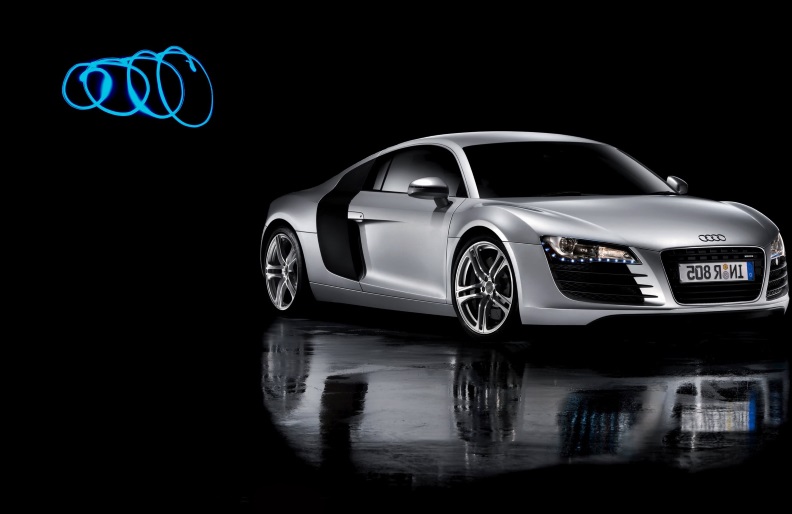A premiere in automotive retail: the Audi VR experience is being launched as first fully functional virtual reality application for customer consultation at dealerships. First Audi dealers in Germany, the United Kingdom and Spain are now starting to deploy the virtual reality headset installation, with additional markets and locations to follow. With the VR solution, customers can get an extremely realistic experience of their individually configured car, down to the last detail. The VR experience explains Audi technologies intuitively and offers customers the opportunity to immerse themselves virtually in extraordinary moments from the world of the four rings. As part of Audi’s comprehensive initiative for digital innovation at dealerships, the VR experience is completely integrated into the brand’s IT systems.
“With the VR experience we have developed a full-fledged sales tool for Audi dealers. It offers our customers more information and certainty when making their purchasing decision, as well as a special excitement factor,” says Nils Wollny, Head of Digital Business Strategy/Customer Experience at AUDI AG. “With this, we are taking the next step in our strategy to combine digital innovation with the strengths of the bricks-and-mortar dealership.”
Digital technologies like the VR headset allow dealers for the first time to present the entire Audi model range, including all equipment options, during the customer dialogue. Originating at Audi City, the digital showroom concept for downtown locations, the brand is bringing a variety of digital solutions to dealerships throughout the markets. More than 400 “Customer Private Lounges” – a digitalized consulting suite – are already in use, and additional locations coming soon. The new VR experience adds to the dealer’s digital toolbox.
With the VR headset, prospective buyers can configure their individual dream car and explore even the smallest details from an extremely realistic perspective, selecting from several hundred million possible models and equipment variants. The VR application allows users to become completely immersed in the virtual world, conveying an all-encompassing, detailed image prior to the purchase decision. The configured Audi is experienced in three dimensions and 360 degrees, with all light and sound effects. Various environments, times of day, and light conditions also contribute to the true-to-life virtual experience of sitting in the car. The interior can also be observed from every perspective, down to the surface of the decorative inlays, depending on the position relative to the virtual light source.
The visualization through the Audi VR experience is based on the construction data of the Audi models. An “x-ray vision” can therefore allow tech-savvy users to also take a look beneath the surface of the car, into the structure of its technical components. Future VR software upgrades will also offer demo features about Audi innovations that can be tested only to a limited extent during a real test drive – such as different light technologies at night and in poor visibility.
In addition, the VR headset offers customers the chance to experience special Audi moments – an expectation that more and more customers associate with buying a car. Racing fans can, for instance, immerse themselves virtually in the atmosphere of the Le Mans 24 Hours race: reminiscent of Audi victories at this iconic endurance race, the customer gets an up-close experience during a pit stop alongside the crew of mechanics.
In most markets, dealerships will run the VR application on the Oculus Rift headset from Audi’s primary project partner Oculus. To allow the complex data models to be processed for virtual reality, Audi worked with its strategic visualization partner Zerolight to develop an especially high-performance graphics engine. The Audi VR experience was introduced for the first time in a beta version for test operation in 2015 at selected dealers in Brazil and Germany. Feedback from customers and dealers has enriched the further development of the system.
Virtual reality is used by Audi in numerous areas of the company – from sales and technical development to automotive production. For example, the company uses VR headsets to train logistics employees for their assignments at the worldwide production plants of the four rings.
This article was originally published by Automotive World.
